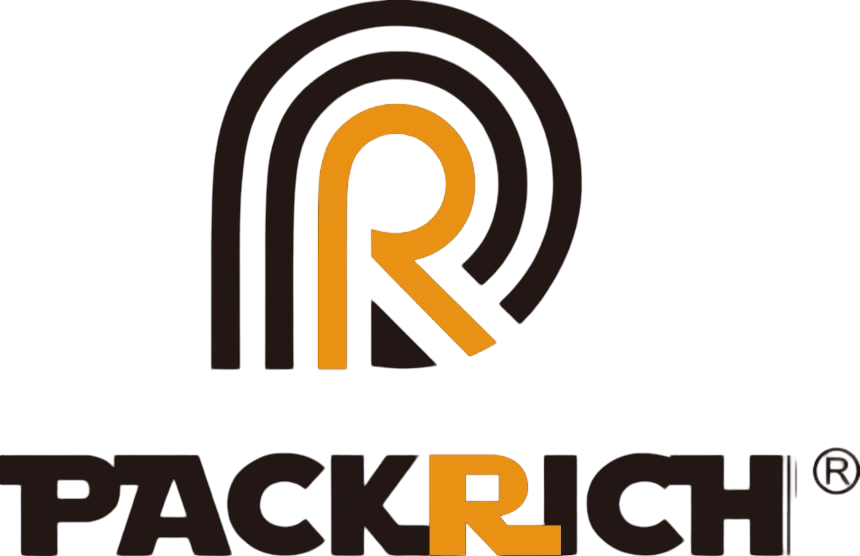The healthcare sector is continuously changing and one of the greatest improvements made to patient care is the use of electric hospital beds. As such, this equipment should not be viewed as a luxury but rather an evolution of medical caregiving that has increased convenience for patients and efficiency for caregivers. This blog post aims to discuss the features, advantages, and future trends of electric hospital beds while also analyzing their importance on modern healthcare.
Enhancing Patient Comfort
Electric hospital beds are designed keeping in mind the comfort of patients. Having adjustable positions allows these beds to help people maintain a position that is comfortable and supportive to them. Such flexibility is useful for people with mobility restrictions, chronic pain conditions, or even those recovering from surgical procedures. Raising the head or legs can also enhance circulation, improve respiratory function (particularly during deep breaths), strengthen muscle tone, reduce pressure sores while elevating healing capabilities through bioactive fluids. Electric hospital beds greatly enhance patient experience which in turn boosts recovery times and increases satisfaction rates translating to better value for patients.
Enhancing Caregiver Productivity
Electric hospital beds facilitate enhanced patient comfort, and simultaneously improve the workflow of caregivers. Manual beds are often physically demanding to adjust, leading to both caregiver fatigue and injury. Contrarily, electric beds allow for effortless adjustment with the touch of a button. This enables caregivers to fully concentrate on patients instead of bed mechanics. Such efficiency improves morale by reducing time wasted on bed adjustments and workplace injuries.
Integration 4.0: Tech Meets Bedside Care
Smart features already begin to define the future of electric hospital beds, showcasing their integration advanced technology like monitored vital signs and movement tracking systems. Such monitored data allows healthcare providers instant access to critical information that can be used for real-time caregiving with timely interventions when necessary. Moreover, some modern beds permit seamless interfacing with electronic health records (EHR) systems which provide all members of the healthcare team uninterrupted access to patient data post-transmission during caregiving workflows. The continuous evolution of technology is likely to yield novel tools that further enrich care throughout the healthcare spectrum.
Sustainability and Energy Efficiency
The healthcare industry is beginning to adopt greener practices and electric beds are not being left behind. Many companies are now prioritizing eco-friendly construction materials as well as energy-efficient manufacturing processes to reduce the carbon footprint of electric hospital beds. These enhancements align with the growing demand for environmentally friendly products among consumers. Moreover, adopting such practices can help healthcare providers cut down on operational costs in the long run while aiding in building a better future for the planet.
Industry Trends and Future Outlook
The market growth prediction for electric hospital beds looks promising in coming years. The sharp increase in elderly patients as well as surging rates of chronic diseases is propelling the need for sophisticated healthcare services like never before. Furthermore, with the continuous shift towards patient-centered care models from hospitals and other outpatient facilities, there will be heightened demand for multifunctional and streamlined hospital beds. To remain competitive, manufacturers must be proactive by developing new solutions to meet the evolving demands of healthcare providers and their patients alike. Investing in supply equipped with electric hospital beds will greatly boost service quality standards at these facilities while preparing them to face market challenges down the line.
To summarize, electric hospital beds are an essential part of modern care facilities. They aid in enhancing patient comfort and advanced technology integration while improving caregiver efficiency. From the perspective of environmental impact, these beds also promote sustainability. Adopting such tools within healthcare constrictions is bound to improve ease for patients during caregiving procedures. It will be necessary to leverage these innovations as healthcare continues to progress further into the future Unlike their active counterparts, they give better results to 'set' patients.

